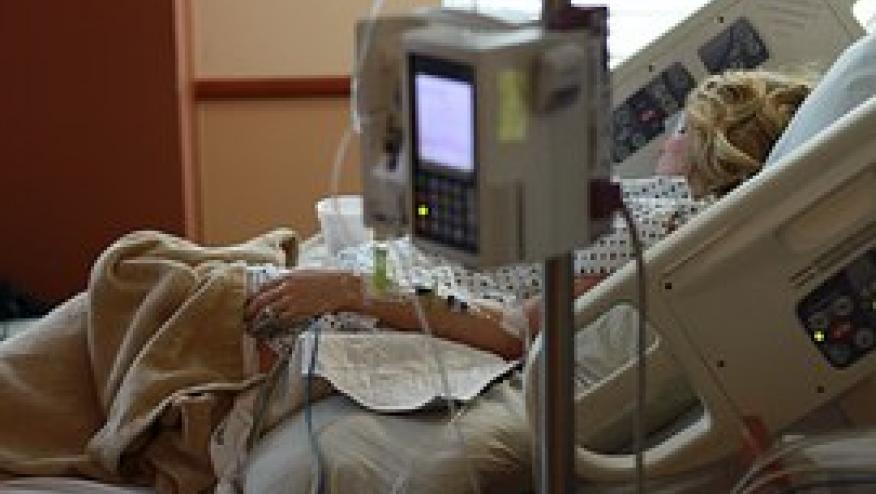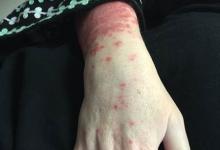Poor Outcomes for Dermato/Polymyositis Admitted to ICU Save

Idiopathic inflammatory myopathies (IIMs) may be complicated with life-threatening conditions requiring intensive care unit (ICU) admission. The outcomes of such complications may be dire, but there are few series addressing the outcomes of those admitted to the ICU.
In a retrospective study of IIM patients from a tertiary referral center in China, Peng and colleagues recount the clinical features and outcomes and risk factors for mortality among 102 patients admitted to the ICU.
The group included 24% with polymyositis (PM), 65% with dermatomyositis (DM), and 12% with clinically amyopathic dermatomyositis (CADM). Many were admitted soon after the dx of IIM (mean 4.3 months).
Primary causes of ICU admission were infection (39.2%), acute IIM exacerbation (27.5%), both (27.5%), or other reasons (5.8%). Pneumonia (97%) was the most common infection and 63.2% of infections with documented pathogens were caused by opportunistic agents.
Rapid progressive interstitial lung disease (RP-ILD) was responsible for 87.5% of acute exacerbation of IIM and acute respiratory failure (ARF) was the most common type (80.4%) of organ failure.
Overall the mortality rate of those admitted to the ICU very high at 79.4%. Factors associated with increased ICU mortality included a diagnosis of DM (including CADM), a high APACHE II score, the presence of ARF, a decreased PaO2/FiO2 ratio, and a low lymphocyte count at the time of ICU admission.
The prognosis of IIM patients admitted to the ICU was extremely poor. Some predictive factors were identified and opportunistic infections and rapidly progressive interstitial lung disease warrant the aggressive treatment of such patients.










If you are a health practitioner, you may Login/Register to comment.
Due to the nature of these comment forums, only health practitioners are allowed to comment at this time.